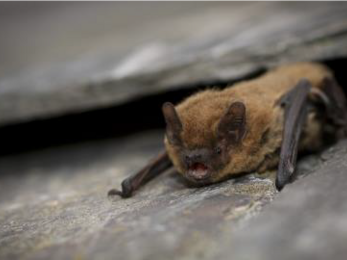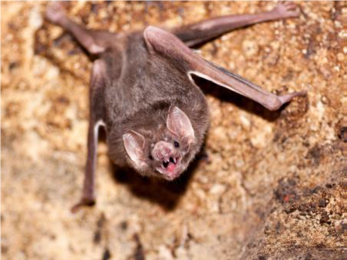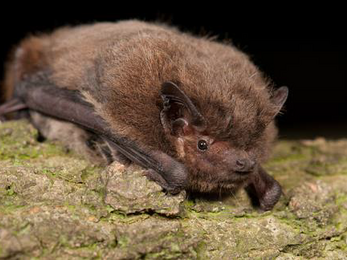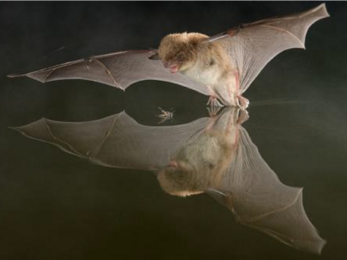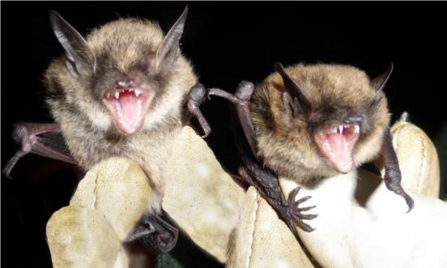Bats occupy a variety of different habitats and can be found on all continents, except Antarctica. They are one of the most successful mammals, with more than 1200 species. In the UK, we have 18 species and 12 are present in Leicestershire and Rutland.
All British bats are nocturnal and they feed mainly on insects which they catch using echolocation! Echolocation involves the emission of a series of ultrasonic squeaks (about 12 - 15 per second!) These sounds bounce back as echoes allowing the bat to determine where its prey or other objects are. Each species emits a distinctive call that can be Identified using a bat detector.


